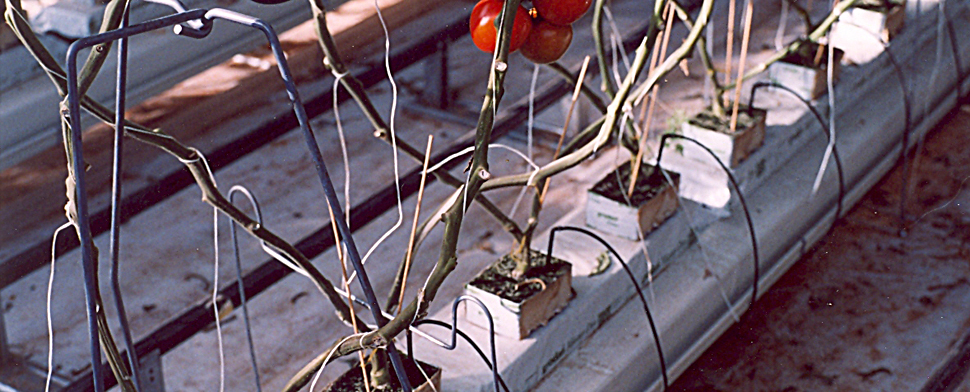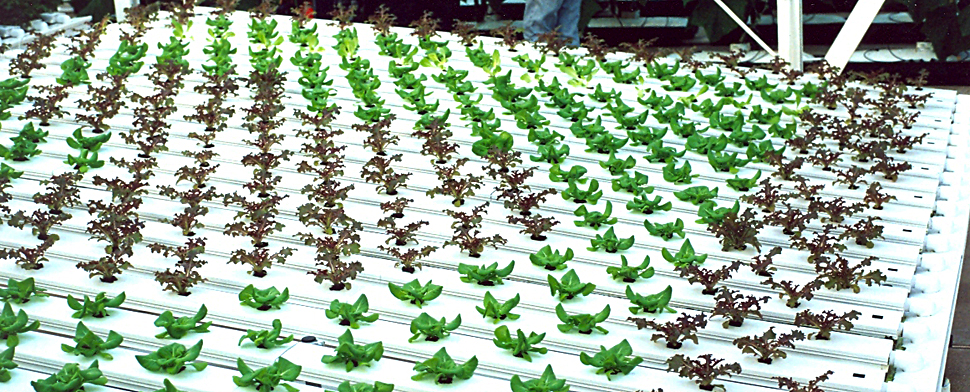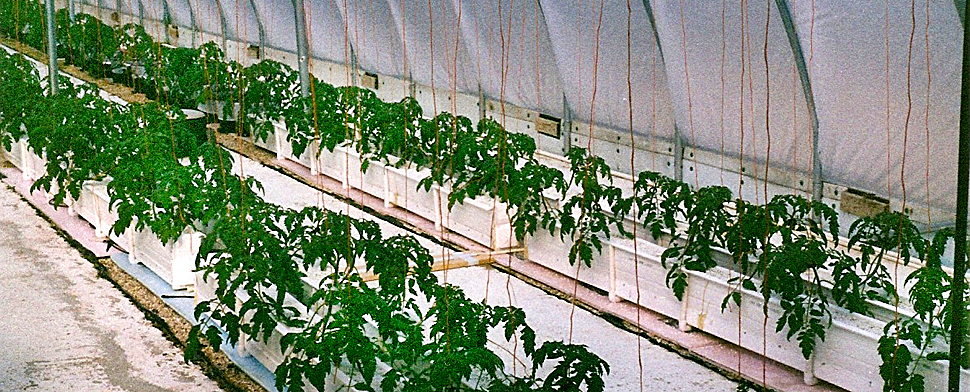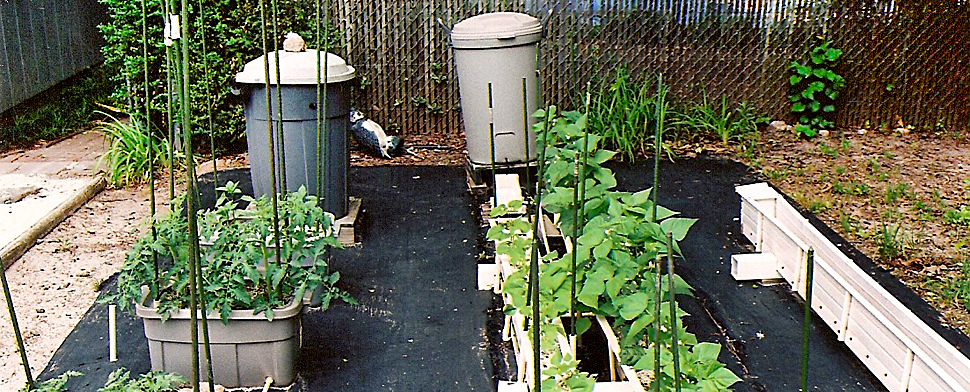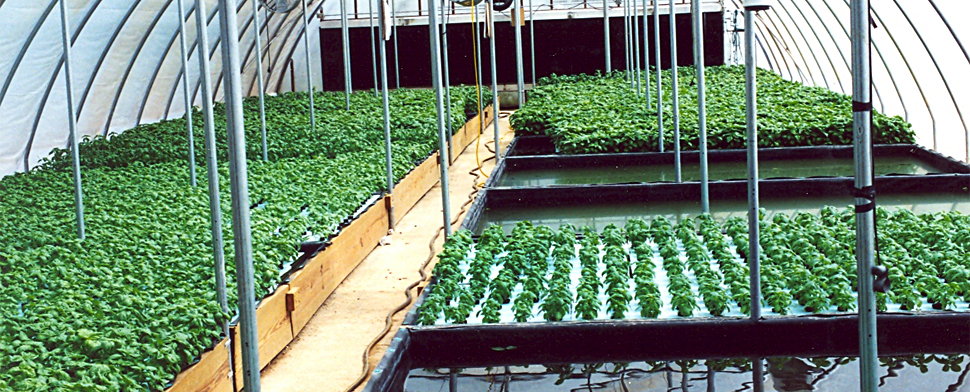Chelates, primarily iron (Fe), play important roles in the production of Fe-sensitive crops when grown in alkaline soils. In addition, chelates of the element manganese (Mn) and zinc (Zn) have been of value under similar soil conditions. The form of the chelate and its method of application are important factors determining their effectiveness in providing the element to a growing crop in order to avoid deficiency. What about the use of chelates in a nutrient solution, are they necessary and effective? When a chelate is put into an acid solution, as in a nutrient solution formulation, equilibrium chemistry prevails and those divalent cations in maximum concentration will become chelated. Since both calcium (Ca2+) and magnesium (Mg2+) are usually the major divalent cations in a nutrient solution formulation, chelation will occur with these cations. Since the divalent micronutrients, Fe2+, Mn2+ and Zn2+, are at low concentrations they will not be chelated even if they were added as chelates – that bond will be broken to chelate with the Ca2+ and Mg2+ cations. Chelation does not, in an acidic solution, improve “availability,” because the chelate bond must be broken in order for the ion to be root absorbed. Therefore, actually availability is reduced with chelation in a nutrient solution. In addition, the chelate, EDTA, has been found to be toxic to some plants, so the chelate, DTPA, is that recommended. If humic acid is in a nutrient solution formulation, it will act as a chelate, but chelating those divalent cations in highest concentration that may not be a divalent micronutrient.
Written by admin
![]()
Dr. J. Benton Jones has written extensively on the topics of soil fertility and plant nutrition over his professional career. After obtaining a B.S. degree in Agricultural Science from the University of Illinois, he served on active duty in the U.S. Navy for two years. After discharge from active duty, he entered graduate school, obtaining M.S. and Ph.D. degrees from the Pennsylvania State University in agronomy. For 10 years, Dr. Jones held the position as research professor at the Ohio Agricultural Research and Development Center (OARDC) in Wooster. During this time, his research activities focused on the relationship between soil fertility and plant nutrition. In 1967, he established the Ohio Plant Analysis Laboratory.
Joining the University of Georgia faculty in 1968, Dr. Jones designed and had built the Soil and Plant Analysis Service Laboratory building for the Georgia Cooperative Extension Service, serving as its Director for 4 years. During the period from 1972 and his retirement in 1989, Dr. Jones held various research and administrative positions at the University of Georgia. Following retirement, he and a colleague established Micro-Macro Laboratory in Athens, Georgia, a laboratory providing analytical services for the assay of soils and plant tissues as well as water, fertilizers, and other similar agricultural substances.
Dr. Jones was the first President of the Soil and Plant Analysis Council and then served as its Secretary-Treasurer for a number of years. He established two international scientific journals, "Communications in Soil Science and Plant Analysis" and the "Journal of Plant Nutrition", serving as their Executive Editors during the early years of publication.
Dr. Jones is considered an authority on applied plant physiology and the use of analytical methods for assessing the nutrient element status of rooting media and plants as a means for ensuring plant nutrient element sufficiency in both soil and soilless crop production settings.
View all posts by: admin
No Comments Yet.

